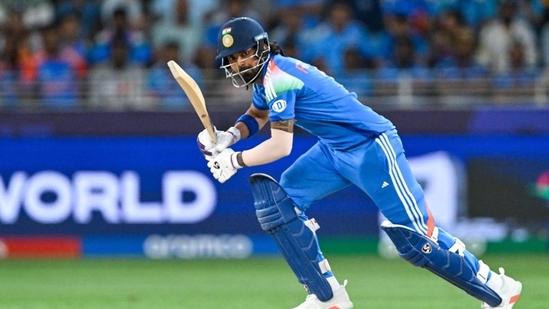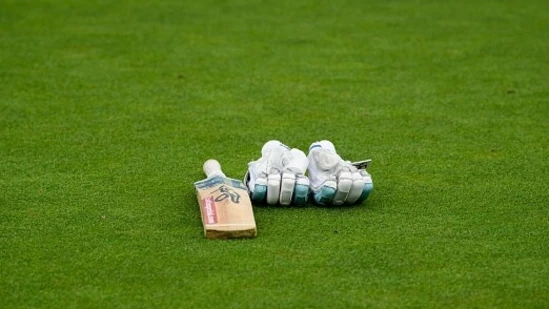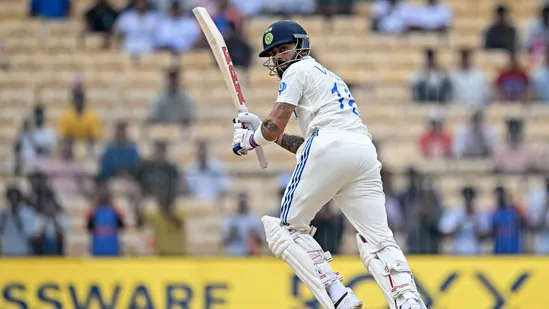Saud Shakeel Makes History as FIRST Pakistan Player to be Timed Out for Falling Asleep During Match
New Delhi: Saud Shakeel, the talented batsman from Pakistan, created a buzz after his impressive performance against India in the ICC Champions Trophy. However, on March 4 (Tuesday), Shakeel found himself in a rather embarrassing situation as he was timed out for allegedly falling asleep and missing his chance to bat. Shakeel, scheduled to come in fifth for State Bank of Pakistan (SBP) during their match against Pakistan Television (PTV) in the President’s Cup Grade 1 First-Class tournament, missed his opportunity due to this incident. This incident has once again brought to light the ongoing issues plaguing Pakistan cricket, which has been under constant scrutiny and criticism.

Following a series of wickets, Saud Shakeel, who was designated to bat at No. 5, failed to arrive at the crease within the three-minute time limit. Amad Butt, the captain of the PTV team, promptly made an appeal, leading to the umpires disqualifying him. Reports suggest that Shakeel dozed off, causing him to miss his chance to bat on time. He has now earned the unfortunate record of being the seventh player in first-class cricket history to be timed out, and the first from Pakistan.
The situation unfolded when Mohammad Shahzad removed captain Umar Amin and Fawad Alam in consecutive deliveries, placing SBP in a difficult position after they had started their innings at 128-1. The following batsman, Shakeel, took more time than allowed to come to the crease, which PTV capitalized on with a successful appeal for dismissal.
Shahzad achieved an impressive hat-trick by dismissing Mohammad Irfan on the next delivery, contributing to SBP’s downfall as they were bowled out for 205. Shakeel has now become one of only seven cricketers in first-class history to be “timed out” since the rule’s introduction, marking him as a rare and unwelcome entry on that list.
In cricket, when a new batter does not arrive at the crease within three minutes following the dismissal of the previous batter, it is referred to as a “timed out” dismissal. The fielding team can request a “timed out” dismissal if the incoming batter is not ready to take their position at the crease or at their partner’s end within the specified time. If the appeal is upheld, the batsman is considered out. While this is one of the ten recognized methods of dismissal according to cricket law, it is rarely utilized in professional matches.
RELATED STORIES
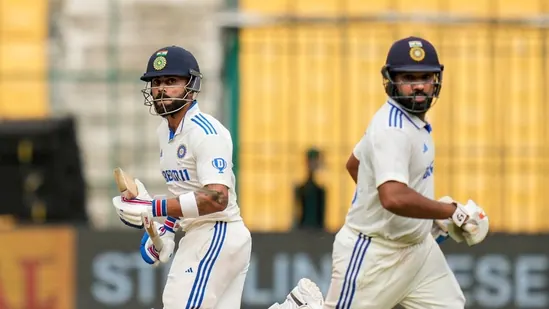


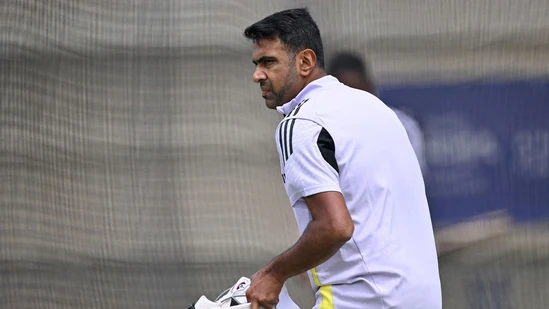
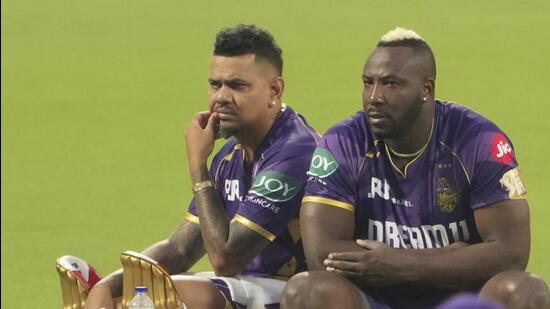
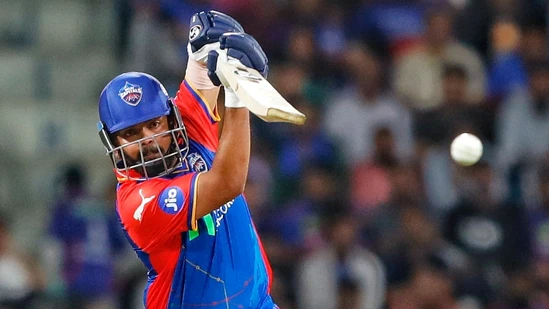
LATEST NEWS


